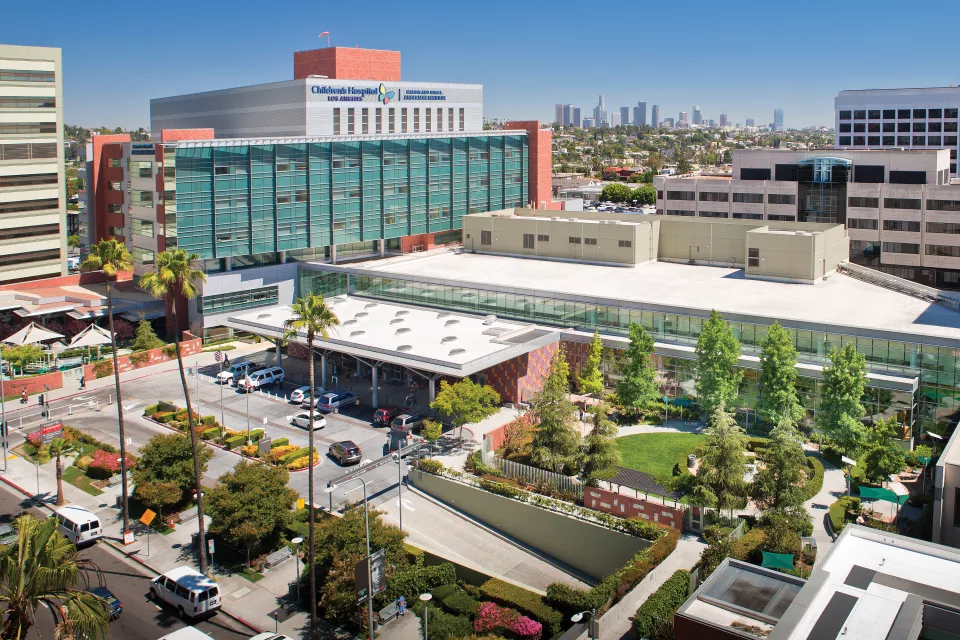Thyroglossal duct cysts are collections of fluid in the neck and are usually located halfway up the neck in the midline, not along one side or the other. Often, these cysts seem to move in coordination with actions such as swallowing or sticking out the tongue.
Origin and Diagnosis
Thyroglossal duct cysts are formed during a child’s development when the thyroid gland, located near the front of the neck, descends into the neck from an area near the base of the tongue. The resulting cyst connects to a small tract, or tube, which goes through the hyoid bone, higher in the neck, and eventually connects to the base of the tongue. This occurs before birth; however, the thyroglossal duct cyst may not be recognized until later in life. The cyst may look like a small mass or a collection of fluid, and the affected area may become infected and red. However most thyroglossal duct cysts are painless and do not have any overlying skin changes.
Treatment
Thyroglossal duct cysts are benign and usually contain fluid that resembles mucus. Sometimes, an upper respiratory infection such as the common cold may cause the cyst to swell as it fills with additional fluid. This may be the first time that parents are able to see the cyst.
If the cyst becomes infected, surgeons will treat the infection first before removing the thyroglossal duct because the delicate connections between the cyst in the neck extending toward the base of the tongue are obscured by inflammation. Once the infection subsides, it will be necessary to remove the cyst.
Removal of a cyst before it becomes infected is preferable. Surgical treatment of thyroglossal duct cysts includes a small incision over the cyst, and if the tract connecting the cyst to the area near the base of the tongue is long, additional small incisions may be necessary.
Our hospital's general surgeons usually perform this procedure as an outpatient procedure, with the child going home the same day.
